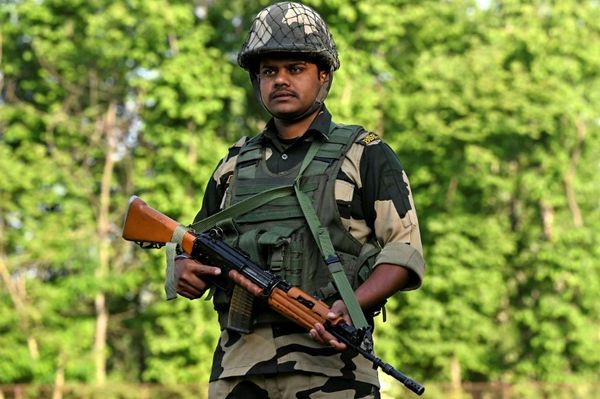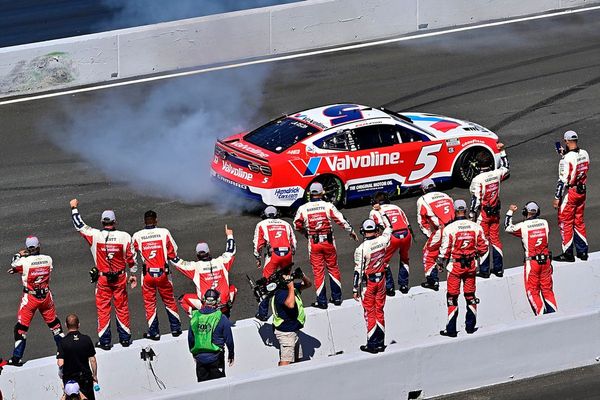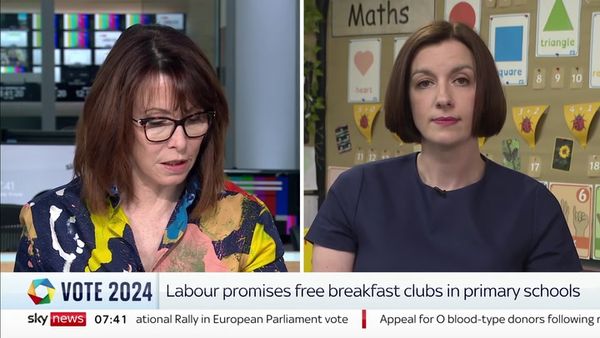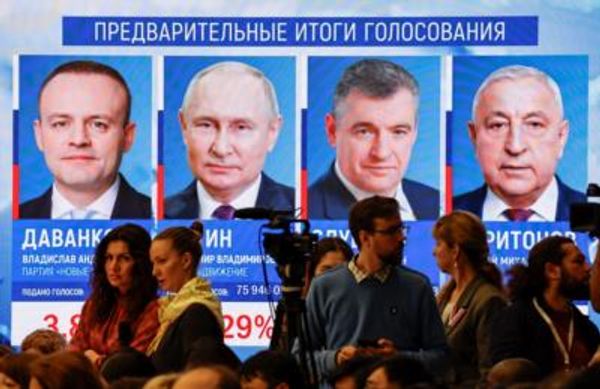
A recent ruling that allows the Dartmouth basketball team to unionize has sparked a conversation about the future of college sports, stretching from the prestigious Ivy League to the powerhouse football programs of schools like Michigan and Alabama. While the ruling puts the players on a path toward forming a union, there are still significant hurdles to overcome before they can sit down with the school and negotiate a collective bargaining agreement.
Dartmouth has stated its intentions to appeal the decision to the full National Labor Relations Board (NLRB), and if they suffer another loss, the case could end up in federal courts. It is unlikely that a final outcome would be reached before most of the current players have graduated and moved on to non-athletic careers. So, the road ahead is long and uncertain for the Dartmouth basketball players seeking to establish a union.
The implications of this ruling reach far beyond Dartmouth. Cade Haskins and Romeo Myrthil, two players from the team, expressed their excitement and hope that other athletes across the country would be inspired to follow suit. The ruling has the potential to impact college sports nationwide.
This landmark ruling raises questions about the long-standing 'student-athlete' model that the NCAA has upheld. In conferences like the Big Ten and the Southeastern Conference, where football generates billions of dollars, the amateur model is increasingly being challenged. Recent developments, such as a 2021 Supreme Court ruling that allows athletes to be compensated and multiple antitrust lawsuits, have uncovered cracks in the foundation of the current system.
However, it is important to note that Dartmouth and Ivy League schools operate under a different paradigm. They do not offer athletic scholarships, and academics are prioritized over sports. Dartmouth claims that playing on the basketball team is not a job but akin to participating in other extracurricular activities. Nevertheless, the players argued that the school exercises a significant amount of control over them, making them employees, and NLRB Regional Director Laura Sacks agreed with their viewpoint.
So what's next in the fight for college athlete rights? The Dartmouth men's basketball team will vote on whether to form a union. Considering that all 15 players signed a petition last fall to join the Service Employees International Union, the outcome seems likely in their favor. However, even if the union is established, there are more hurdles to overcome.
Assuming Dartmouth does not drop its appeal, the case will proceed to the full NLRB. This stage could take some time, as was the case with the Northwestern football team's similar petition, which lasted approximately 15 months. Though the Dartmouth players hope for a quicker ruling due to it being a presidential election year, with the possibility of a Republican majority on the board in January, nothing is certain. Further delays could occur if the case moves to federal courts.
If the players eventually succeed or Dartmouth drops its opposition, they will have the opportunity to negotiate a collective bargaining agreement. This will give them a chance to argue for greater compensation than currently provided, which includes only free gear and lunch money.
The demands put forth by the Dartmouth players include a wage of $20 per hour, equivalent to what cafeteria workers on campus earn, as well as the school covering their health care premiums. If successful, these demands could have profound implications for college sports as a whole.
Other teams at Dartmouth could follow suit and unionize. Moreover, this ruling could prompt the other Ivy League schools to accept the formation of unions rather than risk losing the recruiting advantage that comes with offering salary and benefits. Should this become a reality, it would become increasingly difficult for big-time sports programs, where the financial stakes are significantly higher, to maintain the amateur athlete model. The potential for future college athletes to earn millions in professional sports could dramatically impact the NCAA business model.
While the NLRB's jurisdiction only applies to private institutions like the Ivy League, as well as some Power 5 programs such as Northwestern, Southern California, and Notre Dame, the pressure for pay-for-play arrangements could create an imbalance in recruiting and eventually force public schools to follow suit, potentially collapsing the NCAA's amateurism model altogether.
In response to these challenges, the NCAA has called upon Congress for legislation that would support the amateur model and exempt it from antitrust rules. Another possible resolution could be for Dartmouth to drop its opposition and determine the value of an Ivy League basketball player through the collective bargaining process. Alternatively, the school could redefine the players' status and treat them as members of a club rather than as employees.
The ruling in favor of the Dartmouth basketball team's right to unionize marks a significant milestone in the fight for college athlete rights. However, it is only the beginning of a long and complex process, with potentially far-reaching consequences for college sports as a whole. The future remains uncertain, as the players and schools navigate legal challenges and negotiate the value of an athlete's contributions.







